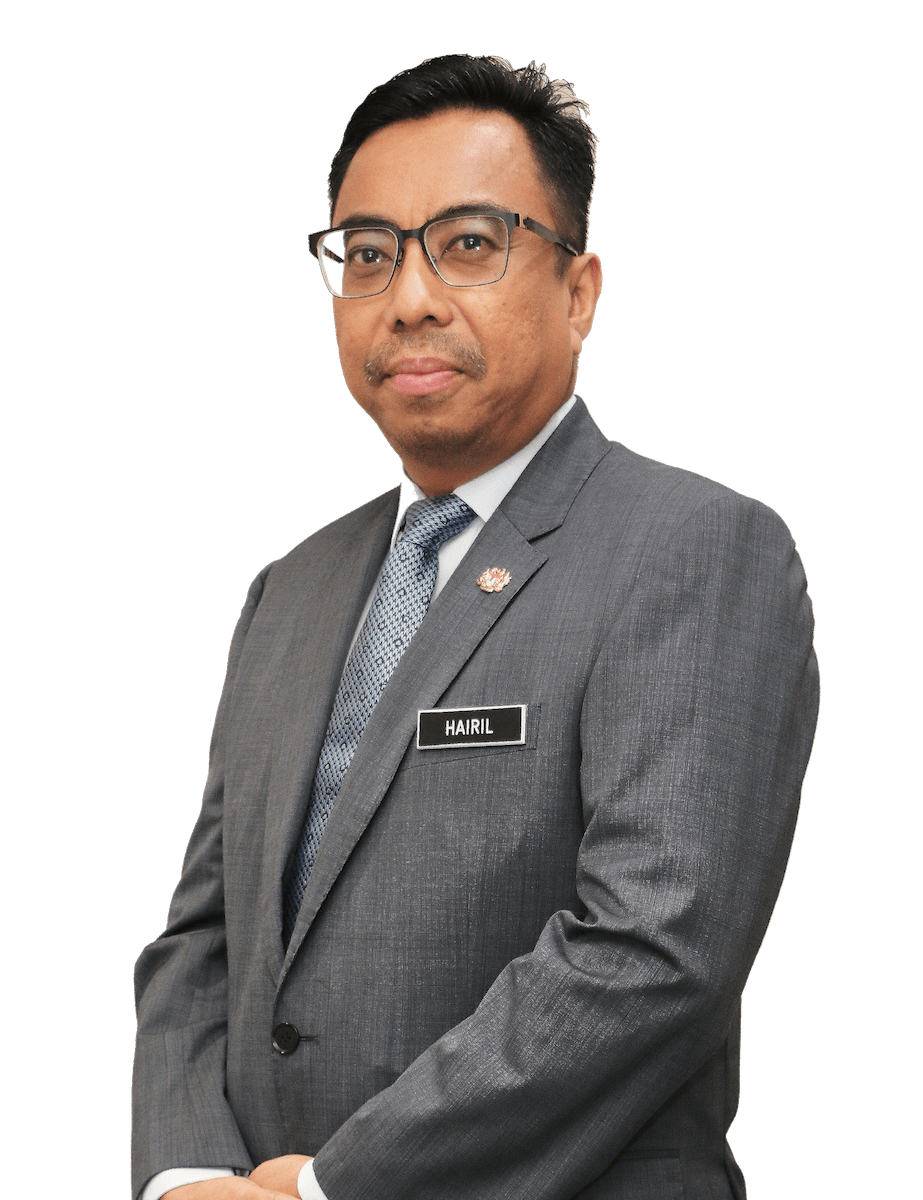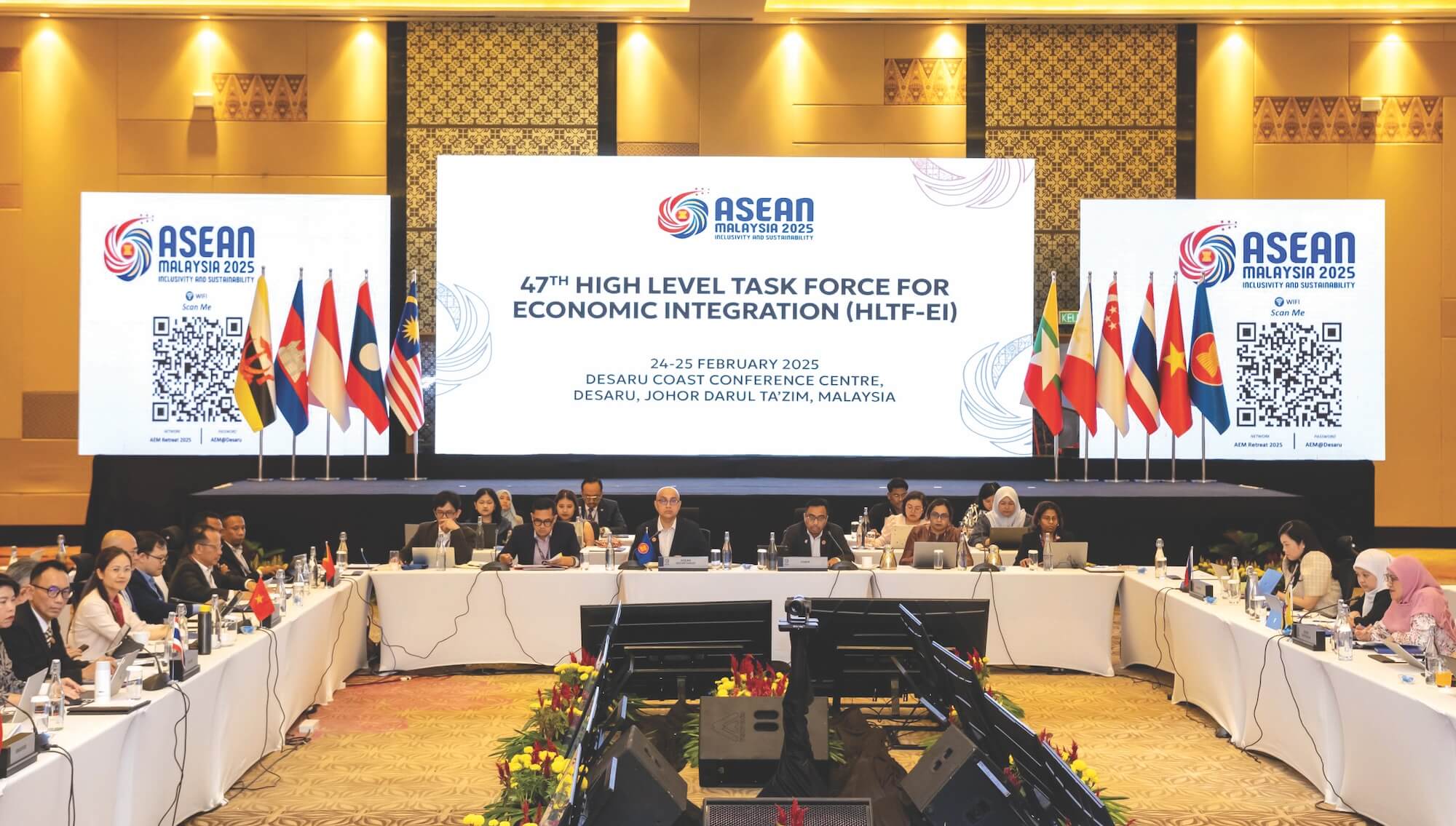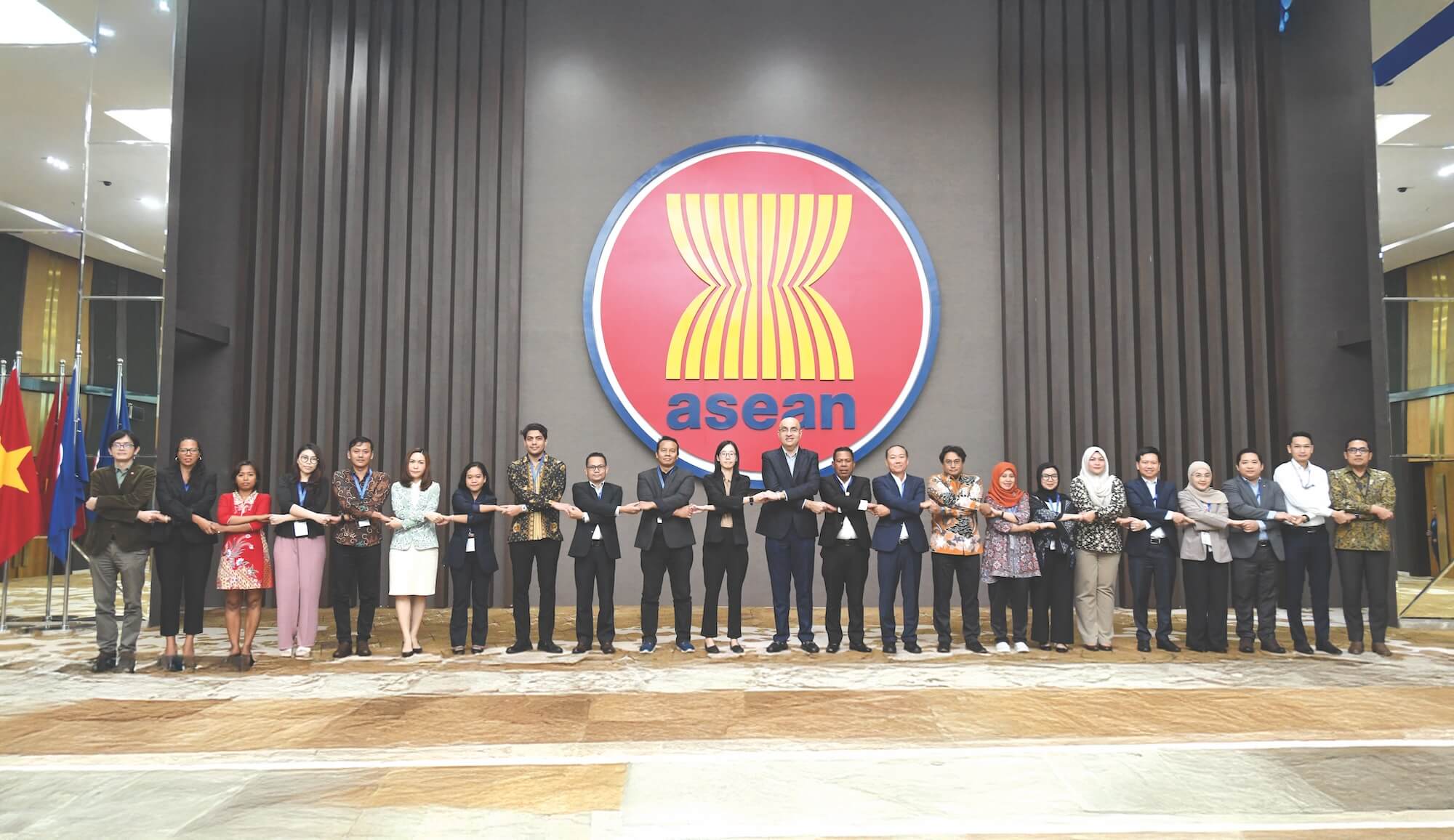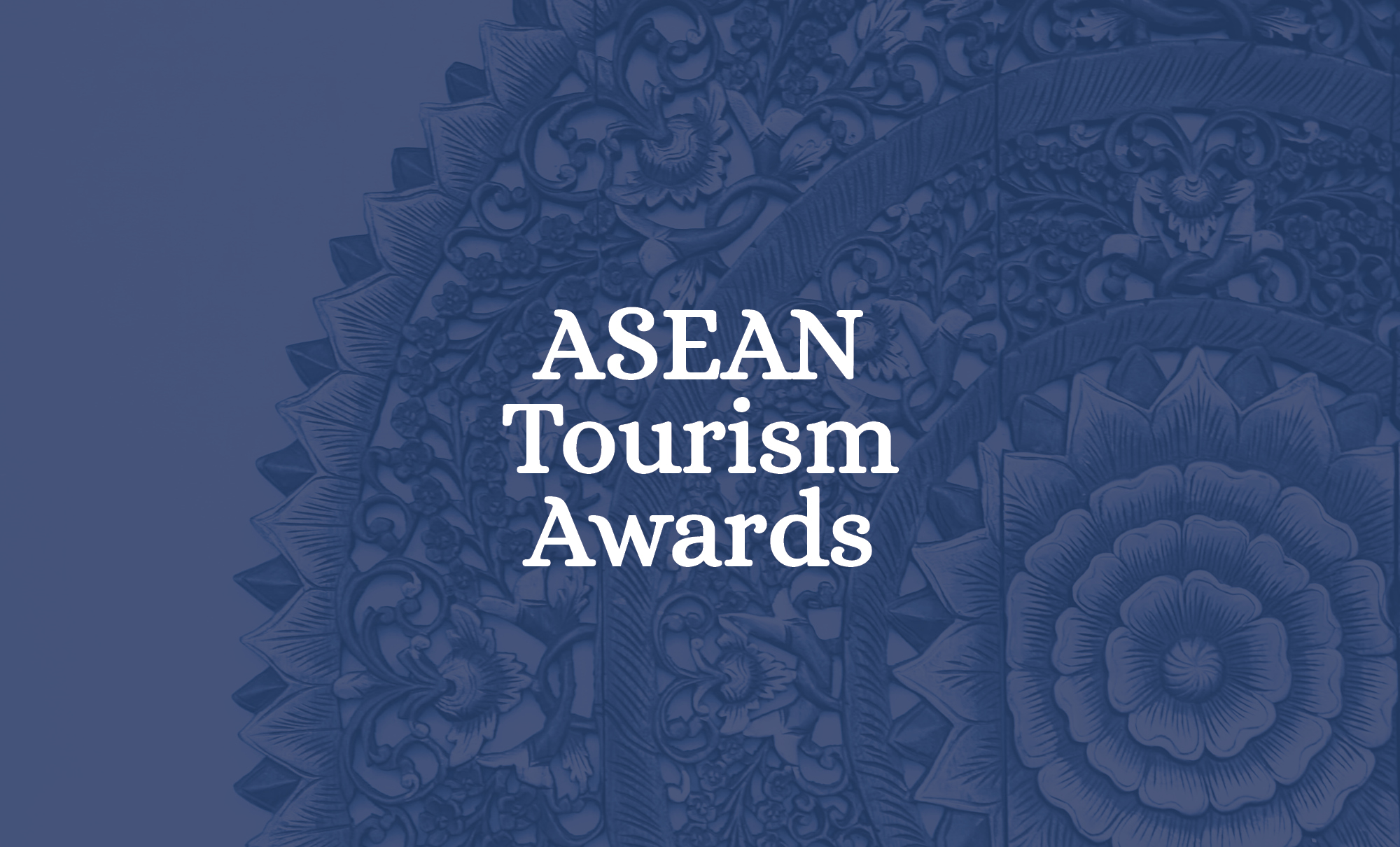




Even the best map needs the wisdom of those who travel the road. This insight underscores ASEAN’s commitment to participatory and inclusive approaches, as reflected in the Ha Noi Declaration on the ASEAN Community’s Post-2025 Vision. These principles take on a special resonance with Malaysia’s 2025 ASEAN Chairmanship theme: "Inclusivity and Sustainability." Far from being a mere procedural formality, such approaches actively harness the nuanced feedback and deep expertise of our stakeholders, fundamentally enriching the very quality of our economic integration. A people-centred ASEAN, therefore, remains a core principle behind our initiatives, agreements, and long-term strategies–including the recently adopted ASEAN Economic Community (AEC) Strategic Plan 2026-2030, through the Kuala Lumpur Declaration at the 46th ASEAN Summit.
Over the past decade, the ASEAN Economic Community (AEC) Blueprint 2025, also launched during Malaysia’s Chairmanship in 2015, has demonstrated the value of engaging a wide community of stakeholders. To this end, eleven rounds of AEC Dialogues have provided platforms for businesses, regardless of their size, from both big and small firms, to voice their perspectives to regional policymakers. Consultations on critical trade facilitation initiatives, central to businesses’ ability to thrive, have ensured that our policies are not only theoretically sound but also practical and effective for implementation on the ground. This collaborative approach has also guided initiatives supporting the micro-, small-, and medium-sized enterprises (MSMEs), empowering countless entrepreneurs and reaffirming their roles as engines of ASEAN’s economic growth. This spirit of public-private partnership, driven by a shared purpose, forms the foundation as ASEAN charts its next phase of economic integration.
From consultation to concrete action
Earlier in 2023, as the High-Level Task Force on ASEAN Economic Integration (HLTF-EI) began to develop the AEC Strategic Plan 2026-2030–the first instalment of the four 5-year plans guiding us towards our 2045 vision–it was recognised that the process of developing the Plan would be as crucial as its content, in ensuring that the Plan would be relevant for the needs of ASEAN businesses, industries, and communities. To this end, an extensive series of stakeholder engagements was undertaken, reflecting our pledge to inclusivity and broad participation. These engagements combined targeted dialogues with comprehensive outreach. Across six rounds of consultation, 315 stakeholder representatives were engaged, including business leaders, scholars, civil society advocates, eminent persons in regional economic affairs, parliamentarians, and valued partners from international organisations and beyond the region.
To complement these direct interactions, an online public survey was also launched and made accessible in nine ASEAN languages. This survey was designed not only for those already familiar with ASEAN’s economic agenda, but also to reach even the most marginalised segments of our Community. It garnered an impressive 7,568 responses, providing grounded perspectives on its strengths, shortcomings, and future potential for ASEAN’s economic integration. Notably, women comprised more than half of the respondents, with marginalised communities also proportionally represented, ensuring that the Strategic Plan is informed by a truly diverse range of voices.
The outcomes of these extensive engagements have provided clear direction for ASEAN’s priorities moving forward. Our stakeholders consistently highlighted the need for resilient economic growth, emphasising that ASEAN must not only address current challenges but also anticipate and prepare for emerging risks, such as geopolitical dynamics, climate change, and demographic shifts. In addition to expectations for seamless customs procedures, smooth mobility of our workforce, and cross-border collaboration, our stakeholders emphasised the importance of fostering effective two-way communication and engagement. There is a strong call to move beyond one-way information sharing towards a sustained dialogue, inviting stakeholders to serve as co-creators in shaping ASEAN’s future.
The insights gathered from our consultations have done more than guide the new AEC Strategic Plan; they define its very core. The Plan now embeds concrete actions and targeted measures that speak directly to the expectations and needs raised by stakeholders. Central to this approach are the ‘Quick Wins’, ‘Key Outcome Indicators’ and ‘Consolidated List of Activities,’ to be unveiled at the 47th ASEAN Summit, to demonstrate high-impact initiatives that will deliver real-felt benefits to ASEAN stakeholders from immediate implementation of the Plan. This ensures that feedback is not only heard but transformed into bold and tangible progress, demonstrating that when ASEAN listens, it acts with conviction and purpose.


Sustaining the dialogue: Our path to 2045
The finalisation of the AEC Strategic Plan 2026-2030 marks not only a conclusion, but a commencement of the architecture of ASEAN’s post-2025 economic integration agenda. Sustaining this momentum requires ASEAN’s determined commitment to institutionalising and continuously recalibrating our stakeholders’ feedback loop. By embedding these mechanisms into our processes, ASEAN facilitates real-time monitoring, amplifying what works and enabling us to pivot swiftly from what does not work.
This structured approach will empower us to develop adaptive responses to emerging challenges and ensure ASEAN remains nimble and resilient as it advances toward becoming the world’s fourth-largest economy by 2030. The journey towards the ASEAN Community Vision 2045 is a long-term commitment, demanding clarity, conviction and the capacity to lead through change. Ultimately, the conversations we have started must become the pulse of our economic community, ensuring we remain adaptable, united in purpose and truly people-centred. Malaysia is proud to be a part of this vital journey during our Chairmanship in 2025.









